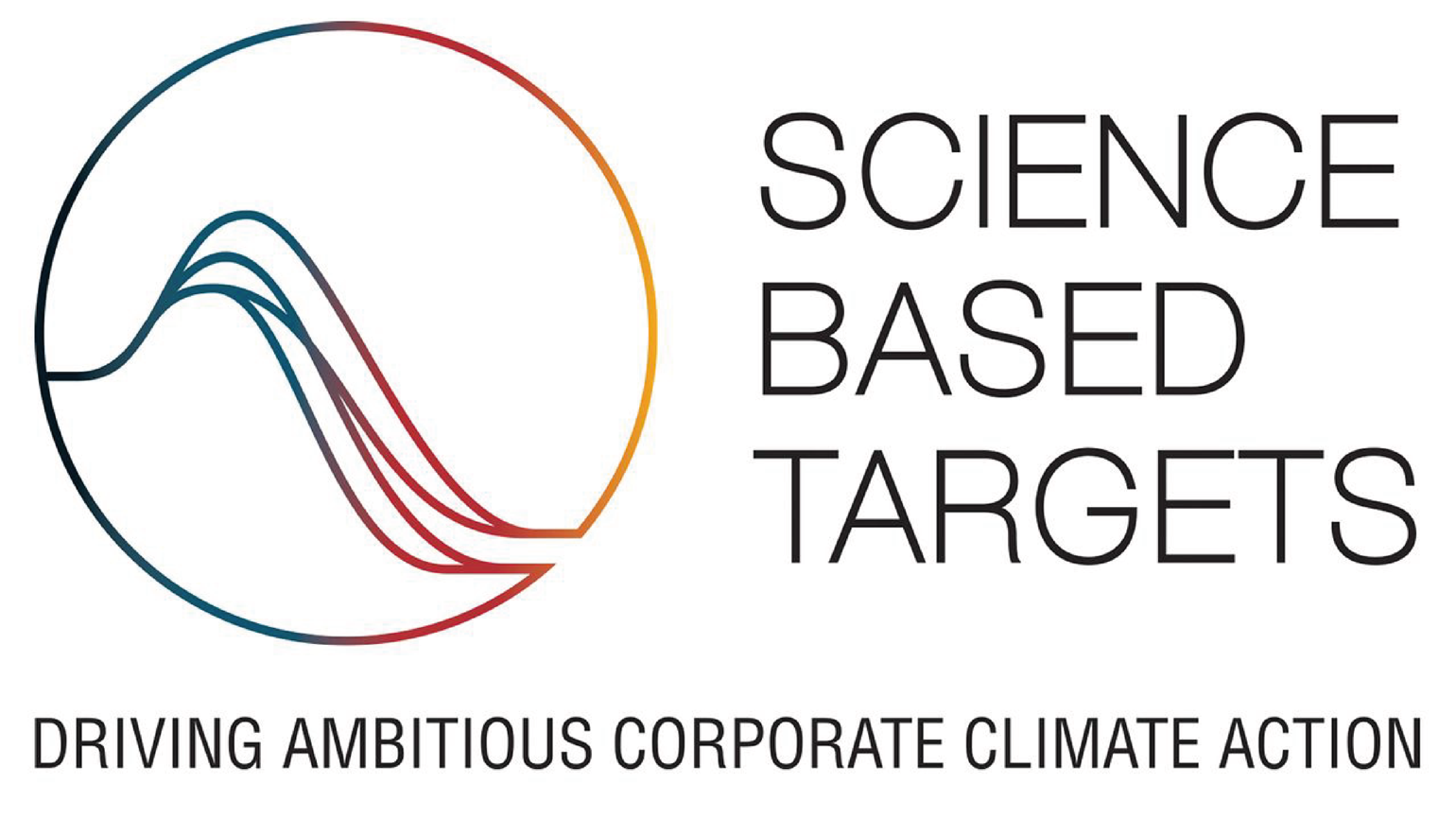Science Based Target initiative (SBTi)
We have received independent validation on our science-based targets (SBTs) from the Science Based Target initiative (SBTi) and continue to progress commitments in line with annual and interim milestones.

The associated granular targets, for the period up to 2030, sit alongside our climate commitments that are set out in our 2023 Climate and Nature Report. These are across our operations and investment portfolio emissions, and are aligned with 1.5°C ‘Paris’ pathways. For our investment portfolio, SBTi guidance requires targets to be set at asset class or sector level, which underpin our existing portfolio level targets.
Our suite of SBTs is summarised in the table below.
Science-based targets – (SBTi approved):
Additional information
- Our group scope 1 and 2 target covers all operational carbon. This includes carbon from our core Legal & General occupied offices2 , our directly delivered housing businesses and our LGIM Real Assets business where we control and/or procure utilities.
- To enable the occupied offices within our scope 1 and 2 footprint to achieve the SBTs, we are reviewing our location strategy, which alongside our net zero ambition, focuses on our business requirements following the recent pandemic.
- The approach to target delivery in our LGC housing businesses is not expected to be a linear pathway and each of the businesses will operate slightly different timelines. There is anticipated to be increases within the LGC footprint in the initial years to accommodate for business growth, followed by a deeper reduction due to changes in operational activities, with the ultimate outcome of a 42% reduction by 2030.
- In order to achieve SBTs and stay on a net zero trajectory to 2030, our Real Assets businesses intend to:
- remove gas from landlord-controlled areas – aim for 100% (minimum of 75%)
- obtain actual occupier data for 100% of assets (at least 50% during 2022)
- reduce the energy intensity (kWh/m2 ) of our assets by 55% (minimum 65% of assets).
- Our scope 3 investment targets cover c.47%3 of the total shareholder investments as at 20214 . The SBTs will help to evolve how we manage our net zero transition in line with industry best practice as it develops, and will enhance our climate transition risk management.
As part of the process, we have established a further 'SBT-aligned' target, which, in conjunction with aligning with the 1.5-degree limit set by the Paris agreement, will further seek to engage with developing a “net-zero standard for financial institutions”.
Science-based targets – (SBTi aligned):
1To account for the impact of the pandemic, our 2021 baseline includes 2019 emissions data for our managed Real Assets portfolio; while all other baseline emissions are from 2021.
2Applies to occupied offices where we actively control the management of utilities.
3As at 2021, required activities made up 47% of our total shareholder investments while optional activities made up 14% and out of scope activities made up 39%.
4Shareholder investments are defined as total investments to which shareholders are directly exposed. Policyholder and external client investments are captured within LGIM's separate target ambitions, and not in scope of the SBTi approval.
